Animals with the Best Eyesight: Nature’s Optical Superstars
Eyes are those tiny windows to the soul. Having good vision can be a total game-changer, whether you're human, hawk, or mantis shrimp (more on them later). From dodging predators to finding a snack, animals have evolved eye-popping optical superpowers. So, let's take a closer look at the animals with the best eyesight and discover creatures that could teach even the sharpest human ophthalmologist a thing or two about seeing the world.
10 Animals with the Best Eyesight

1. Eagles: The Original HD Vision
Imagine cruising at 10,000 feet and spotting a tasty mouse scurrying across a field below. Sounds impossible? Not for an eagle. These majestic birds are the undisputed champions of long-distance vision.
- Why They Rock: Eagles have a visual acuity that's up to eight times stronger than humans. They can see ultraviolet light, giving them a new spectrum of prey-detecting abilities.
- Fun Fact: Their eyes are so large that they occupy most of their skull, leaving no room for eye rolls - literal or figurative.
Takeaway for Humans: If we had eagle eyes, we could read street signs from miles away - no more squinting or awkward GPS recalculations!

2. Mantis Shrimp: The Colorful Contenders
If the animal kingdom had an art competition, mantis shrimp would win for their next-level color perception. These marine marvels cannot just see the rainbow but rainbows within rainbows.
- Why They Rock: Mantis shrimp have 16 photoreceptors compared to humans' three. They can detect polarized and ultraviolet rays, turning the ocean into a psychedelic light show.
- Fun Fact: Their eyes move independently, allowing them to scan for threats and check out the buffet simultaneously.
Takeaway for Humans: While we debate over which color of a dress is "real," mantis shrimp probably see 50 shades we can't even name.

3. Cats: Night Vision Ninjas
Have you ever wondered why your cat turns into a furry blur of zoomies at night? It's because they've got eyes designed for stealthy nighttime antics.
- Why They Rock: Cats' eyes have a reflective layer called the tapetum lucidum, which maximizes available light. Their pupils dilate to saucer size, giving them an edge in low-light environments.
- Fun Fact: A cat's pupil shape helps them judge distances precisely, making them expert jumpers (and occasional lamp destroyers).
Takeaway for Humans: No flashlight? No problem. Just adopt a cat and let it guide you through the dark with its glowing orbs.

4. Chameleons: The 360° Show-Offs
If multitasking were an Olympic sport, chameleons would snag gold every time. These quirky reptiles can look in two directions at once, which makes spotting snacks (or predators) a breeze.
- Why They Rock: Each eye can rotate independently, offering a 360-degree field of view. When zeroing in on a target, their eyes work together for binocular precision.
- Fun Fact: Despite their party trick eyes, chameleons are surprisingly slow-moving. Think of them as the snipers of the animal kingdom - methodical and focused.
Takeaway for Humans: Imagine being able to keep tabs on your kid's soccer game while watching Netflix simultaneously. Parenting leveled up!

5. Owls: Masters of the Moonlight
Owls don't just hoot - they hunt. And their nocturnal eyesight makes them the ultimate night owls (pun fully intended).
- Why They Rock: Their forward-facing eyes give them excellent depth perception, while their vast pupils absorb every last photon of moonlight. Bonus: their necks can rotate 270°, so they rarely miss a thing.
- Fun Fact: Despite their incredible vision, owls are farsighted and can't see objects up close. It's a good thing they don't need to read tiny menus!
Takeaway for Humans: If you had owl vision, you could stargaze and spot constellations even in the darkest skies. Telescope? Who needs it?

6. Frogs: Amphibian All-Stars
Have you ever seen a frog's bulging eyes and wondered what's the deal? Spoiler: those oversized peepers are more functional than fashionable.
- Why They Rock: Frogs' eyes are positioned to give them nearly 360-degree vision, helping them spot threats from any direction. Plus, their eyes assist in swallowing food - yes, really!
- Fun Fact: When frogs eat, they retract their eyes into their skull to help push food down their throats. Multitasking at its finest!
Takeaway for Humans: Imagine chewing with your eyes. Creepy? Sure. Efficient? Absolutely.

7. Sharks: The Ocean's Sharpest Lookers
Sharks may not receive much love in the PR department, but their eyes deserve a standing ovation.
- Why They Rock: Sharks' retinas are packed with rod cells, making them exceptional low-light hunters. Bonus: they have a special membrane that protects their eyes during attacks, like built-in safety goggles.
- Fun Fact: Contrary to popular belief, sharks can see colors! And their underwater vision is about 10 times better than humans.
Takeaway for Humans: Snorkeling trips would be much more exciting (and slightly terrifying) if we had shark vision.

8. Goats: The Horizontal Heroes
Goats have the most quirky pupils. Their rectangular pupils are more than just a fashion statement.
- Why They Rock: Horizontal pupils give goats a panoramic view, perfect for spotting predators while grazing. Plus, they can rotate their eyes to stay level with the horizon, even on steep mountainsides.
- Fun Fact: Sheep and horses share this visual adaptation, making them part of the horizontal-pupil club.
Takeaway for Humans: Parallel parking would be a breeze if we could see as broadly as goats!

9. Tarsiers: The Big-Eyed Beauties
Tarsiers are small primates with eyes so big they'd put any anime character to shame. But those googly eyes aren't just for show - they're a survival tool.
- Why They Rock: Their eyes are fixed in their sockets, but their necks can rotate 180° for a better view. They also have an incredible ability to detect movement in the dark.
- Fun Fact: If humans had tarsier-sized eyes relative to body size, our eyes would be the size of grapefruits. Imagine the contact lenses!
Takeaway for Humans: Oversized eyes may look funny, but you'll never miss your keys in the dark again.

10. Butterflies: The UV Detectives
Butterflies may not need 20/20 vision, but their eyes have evolved to detect ultraviolet light - a vital skill for finding nectar-rich flowers.
- Why They Rock: Their compound eyes consist of thousands of tiny lenses, each detecting a portion of their surroundings. This creates a mosaic-like view of the world.
- Fun Fact: Many flowers have UV patterns that are invisible to humans but act as neon signs for butterflies. Who needs Google Maps when nature's got you covered?
Takeaway for Humans: With butterfly vision, spotting the best flowers at the farmer's market would be a snap.

Honorable Mentions
- Dragonflies: These aerial acrobats can see in almost every direction simultaneously, making them expert hunters.
- Horses: With their wide-set eyes, horses have an impressive 350-degree field of vision. Perfect for spotting carrots or sneaky predators.
The Grand Vision Takeaway
Whether you're marveling at a mantis shrimp's technicolor view or envying an eagle's long-distance prowess, one thing's clear: the animal kingdom is full of eye-opening surprises. So, next time you squint to read a menu or lose your keys in the dark, remember - there's a creature out there that would nail it effortlessly.
Eyes truly are nature's masterpieces, and these animals prove that seeing the world isn't just about clarity - it's about perspective.What's your favorite animal vision superpower? Let us know in the comments below!

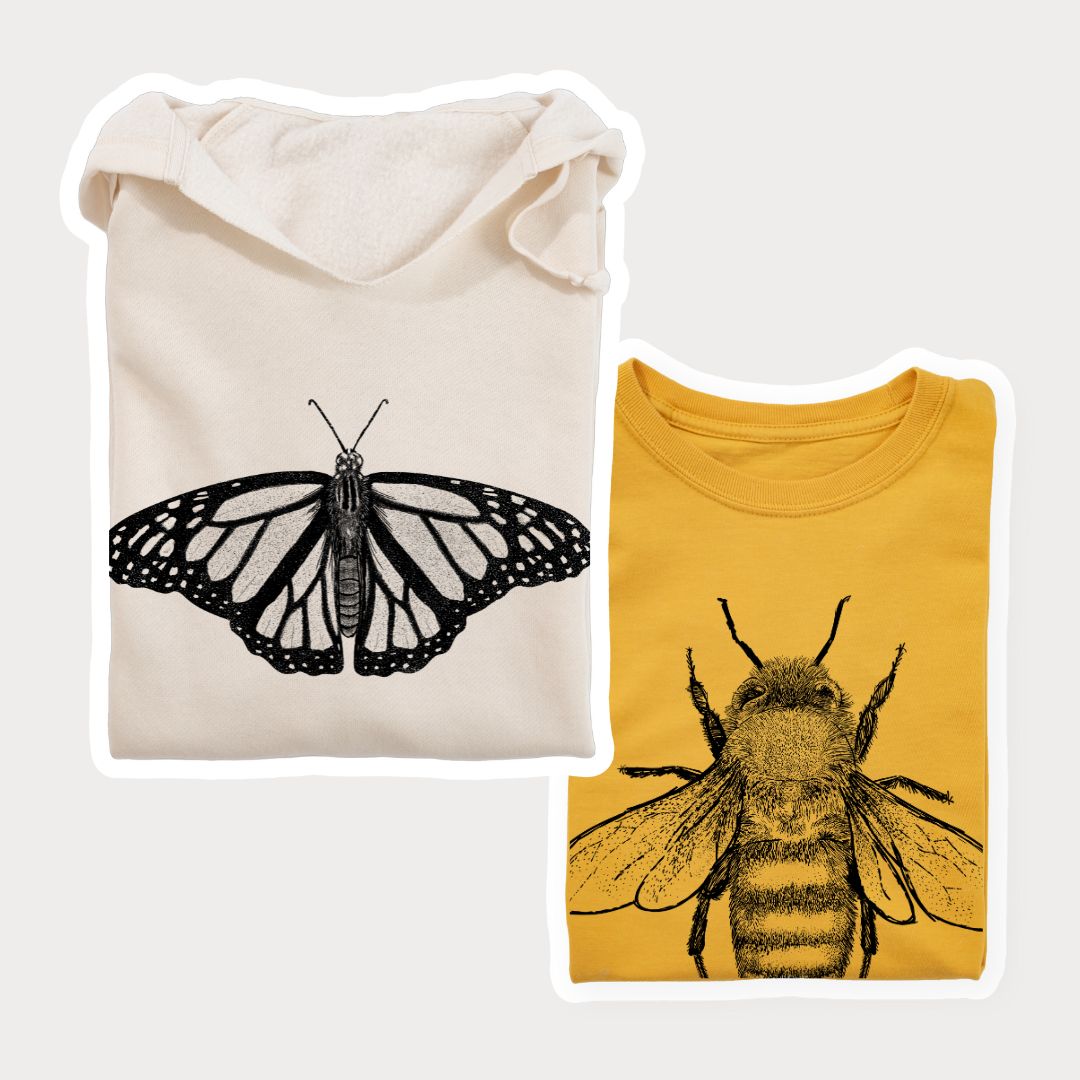

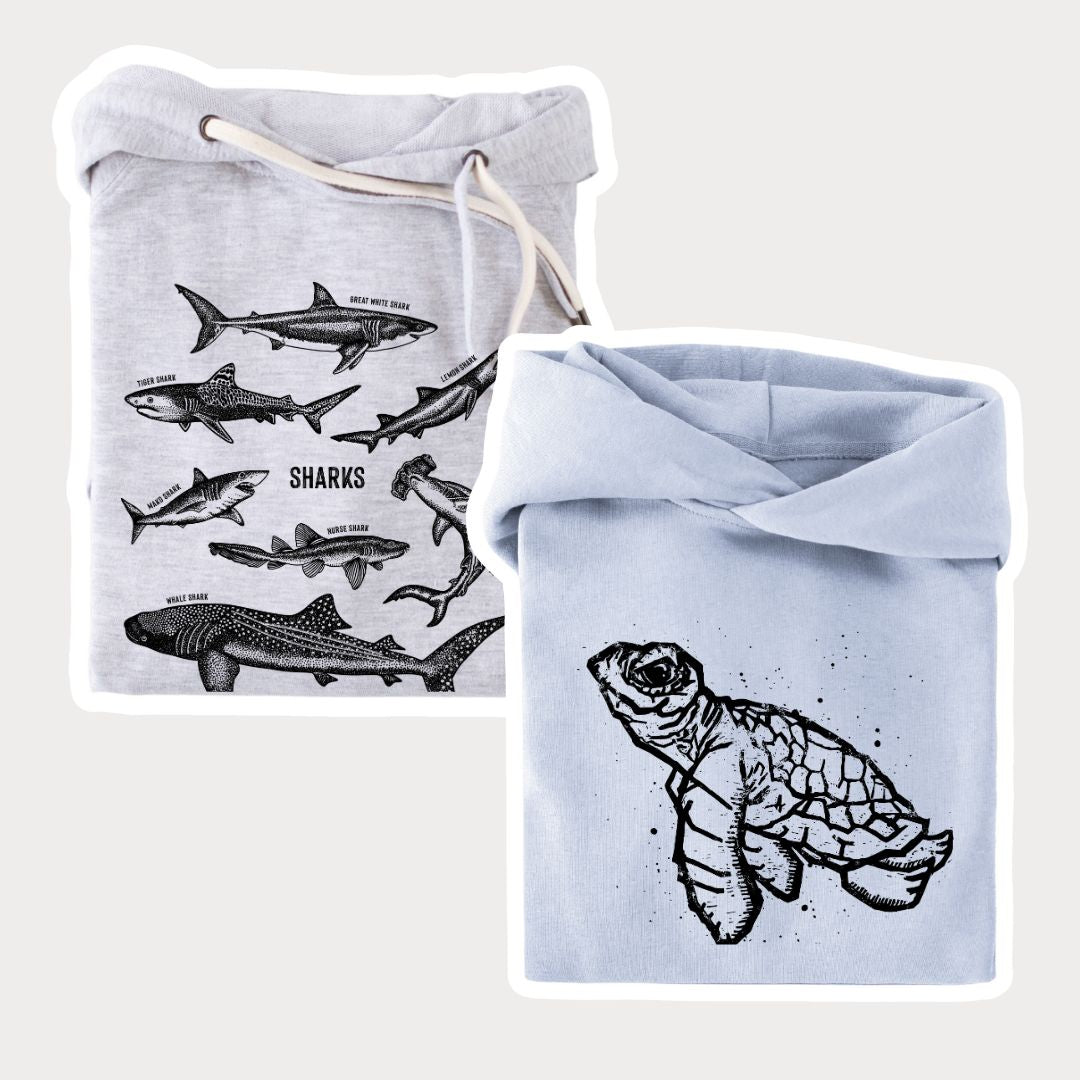
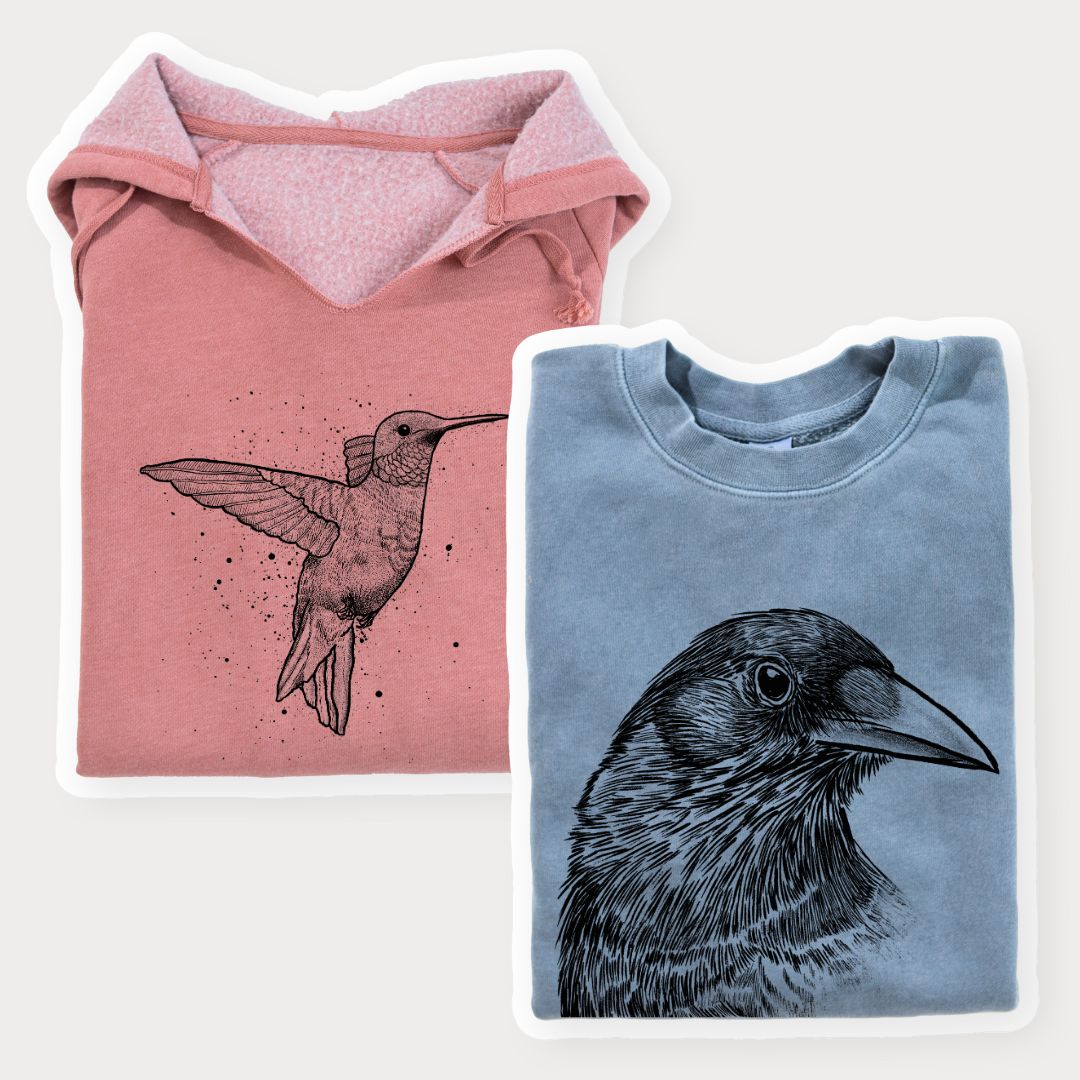

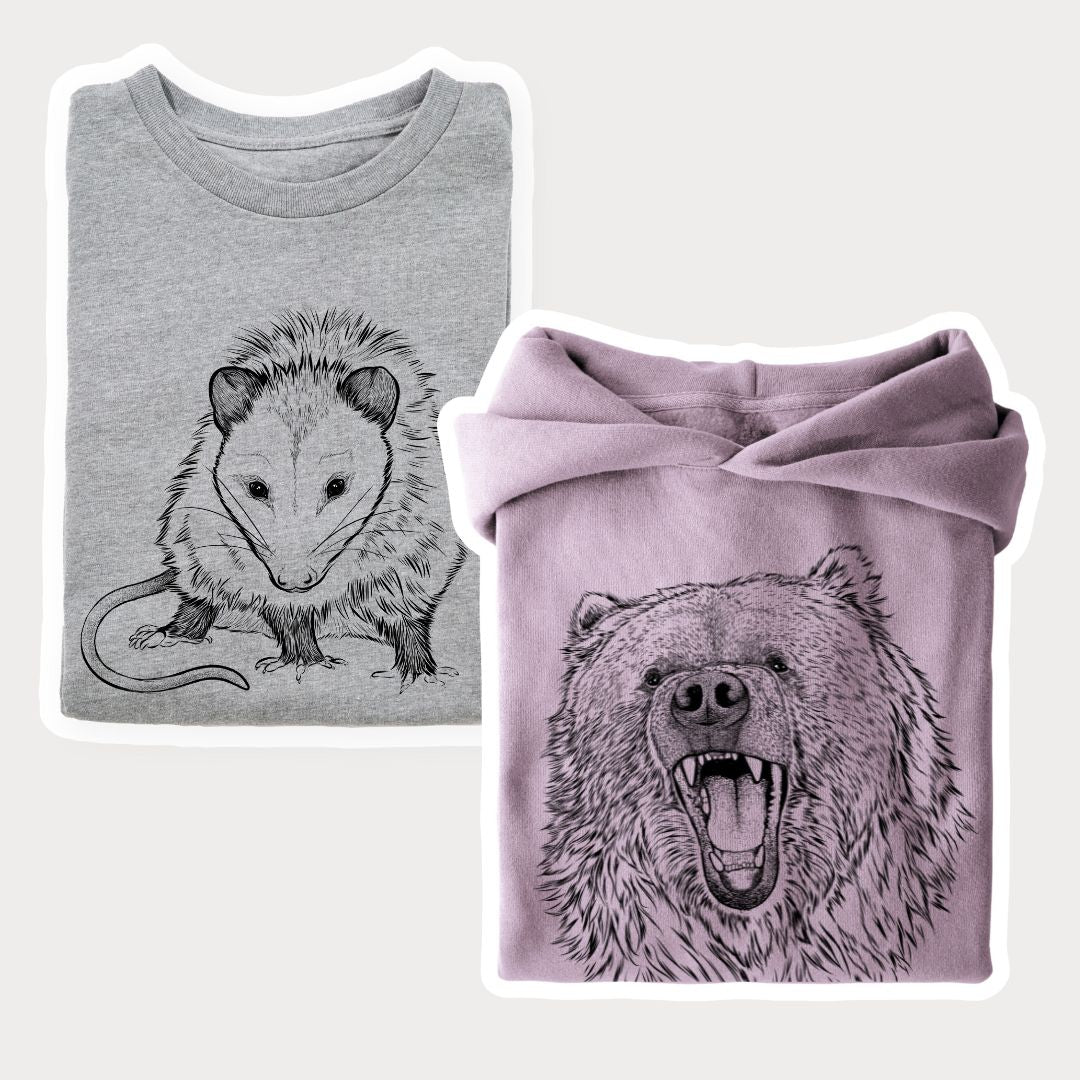
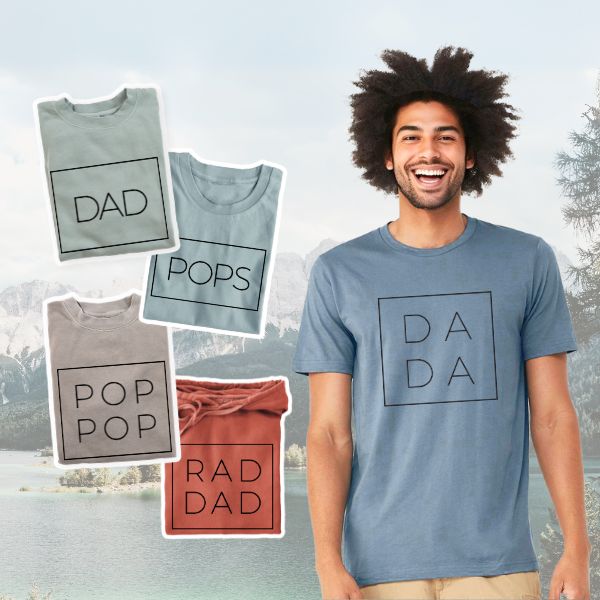

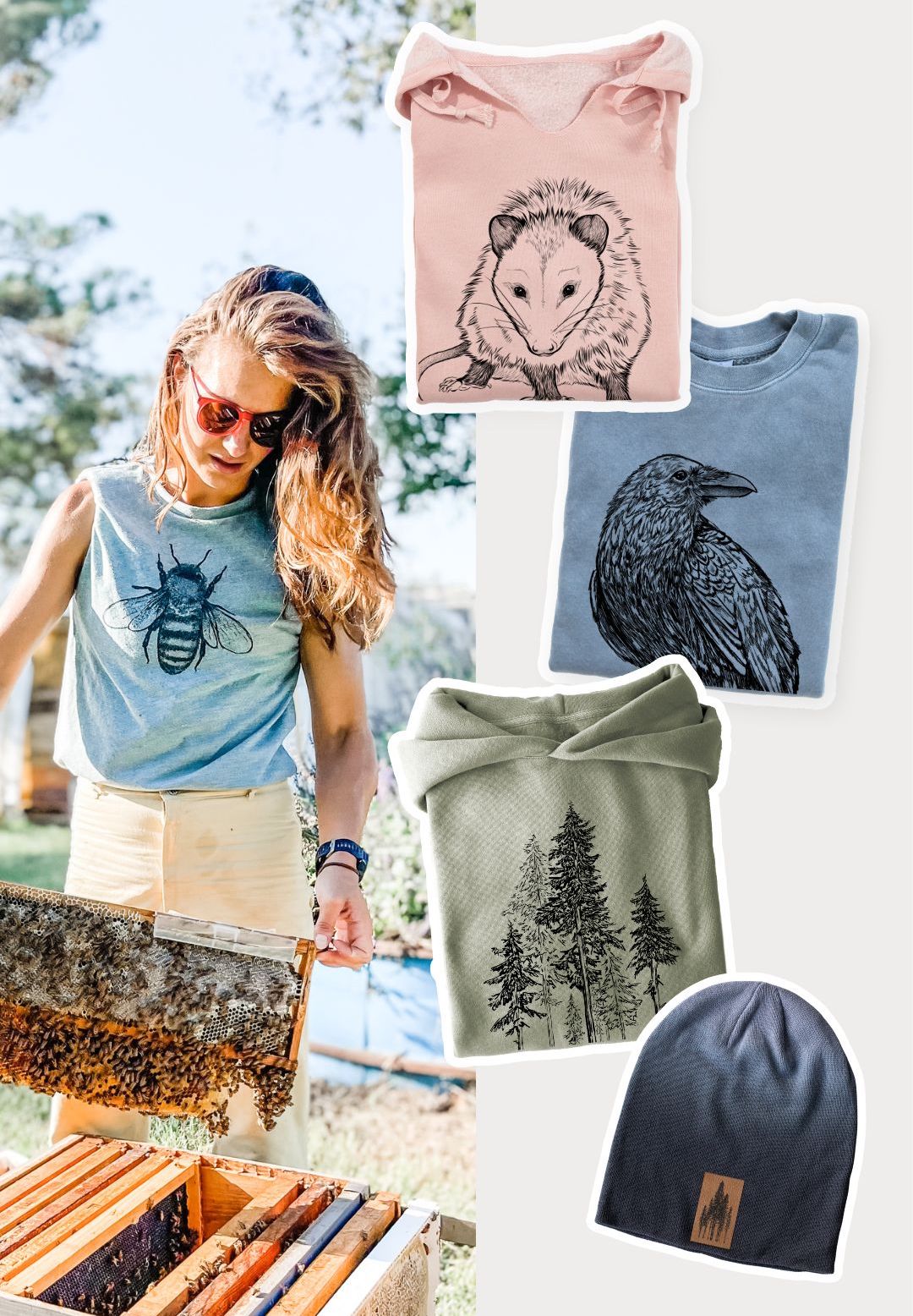
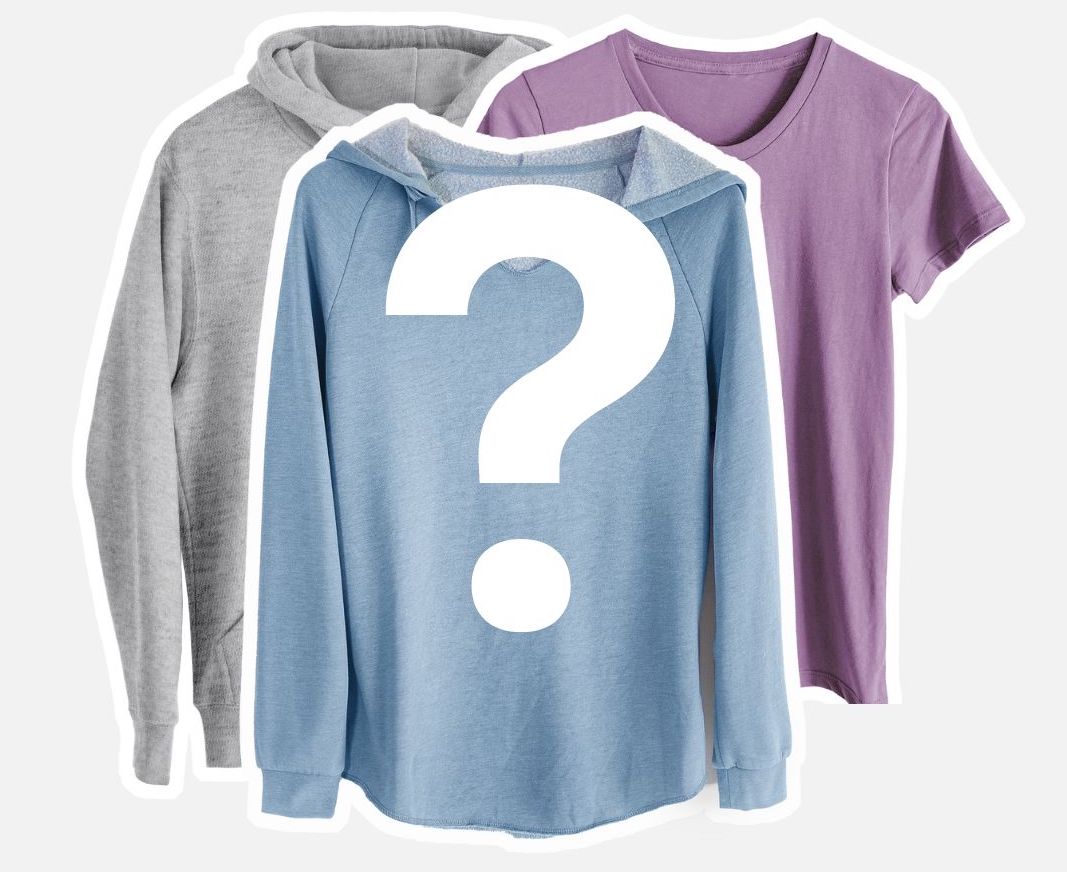
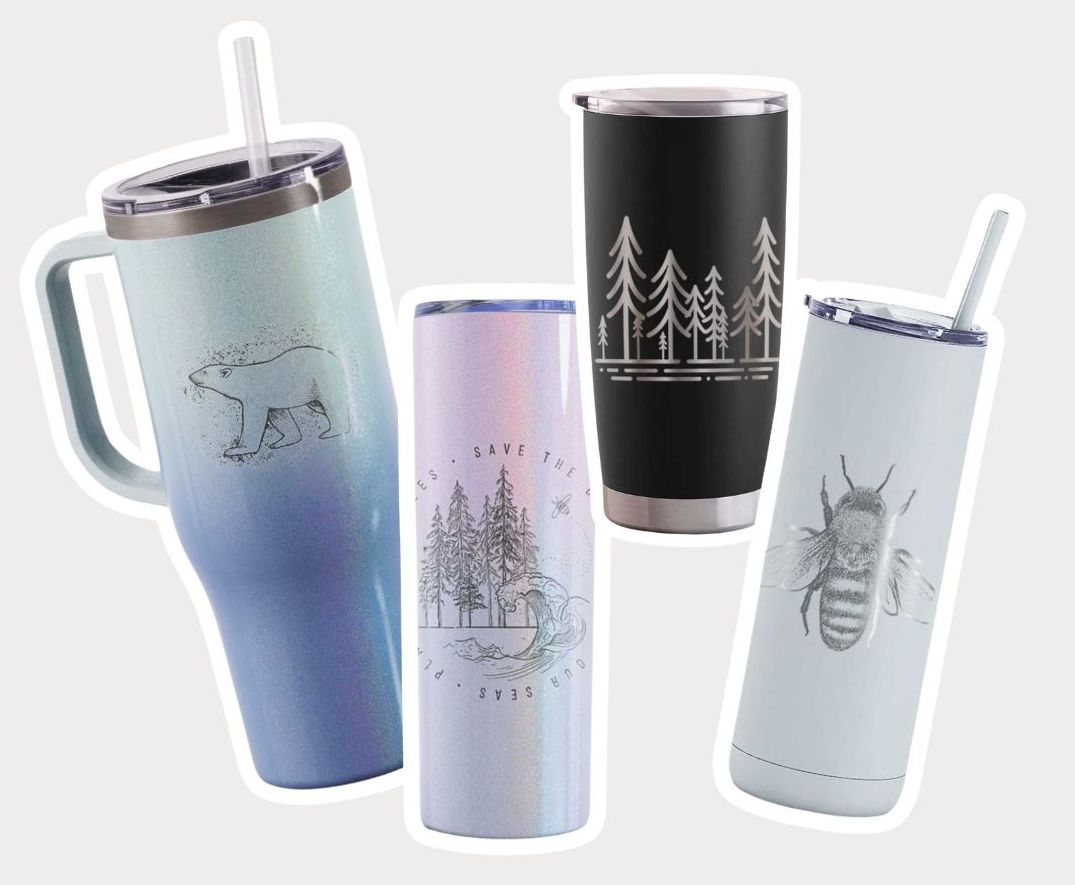


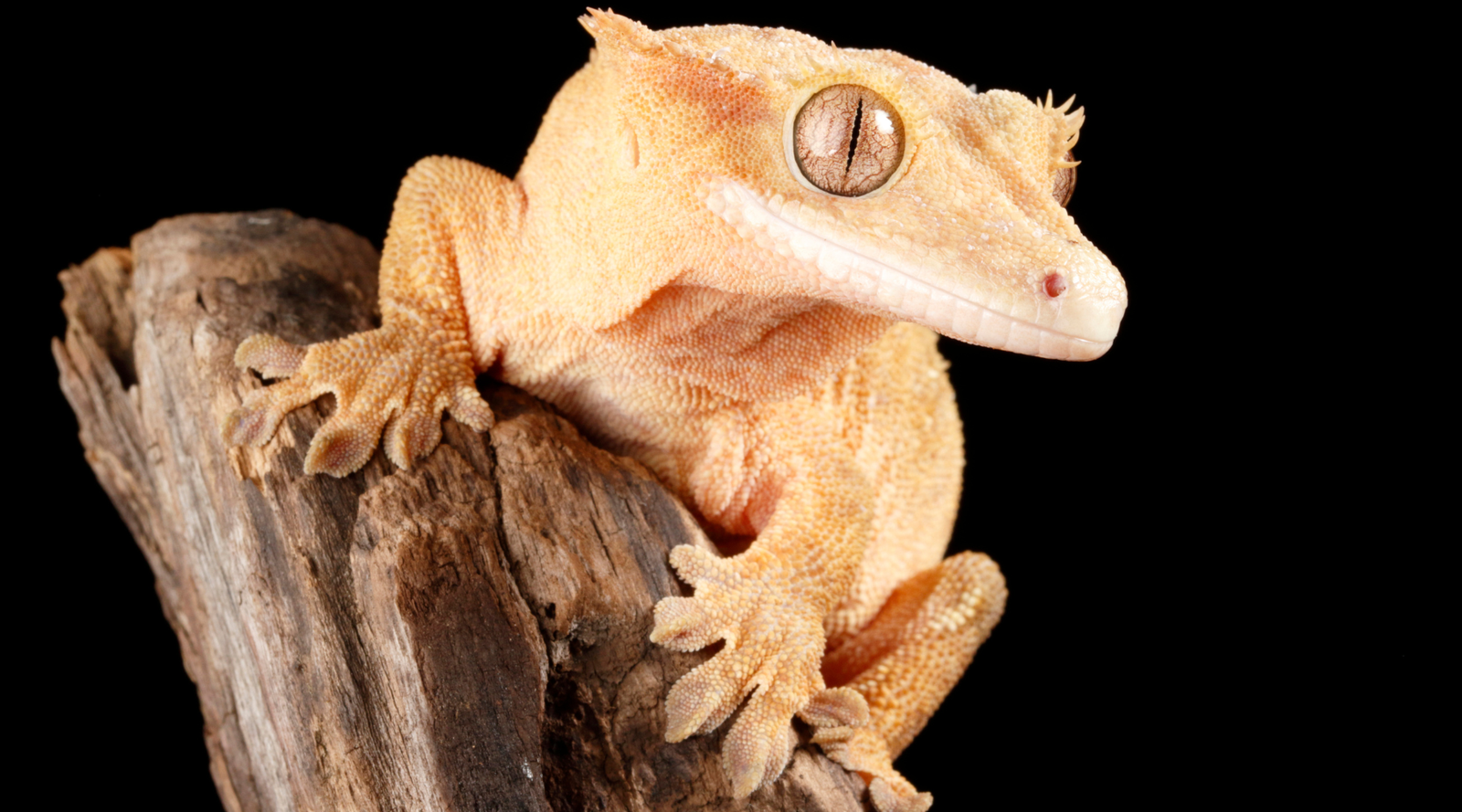
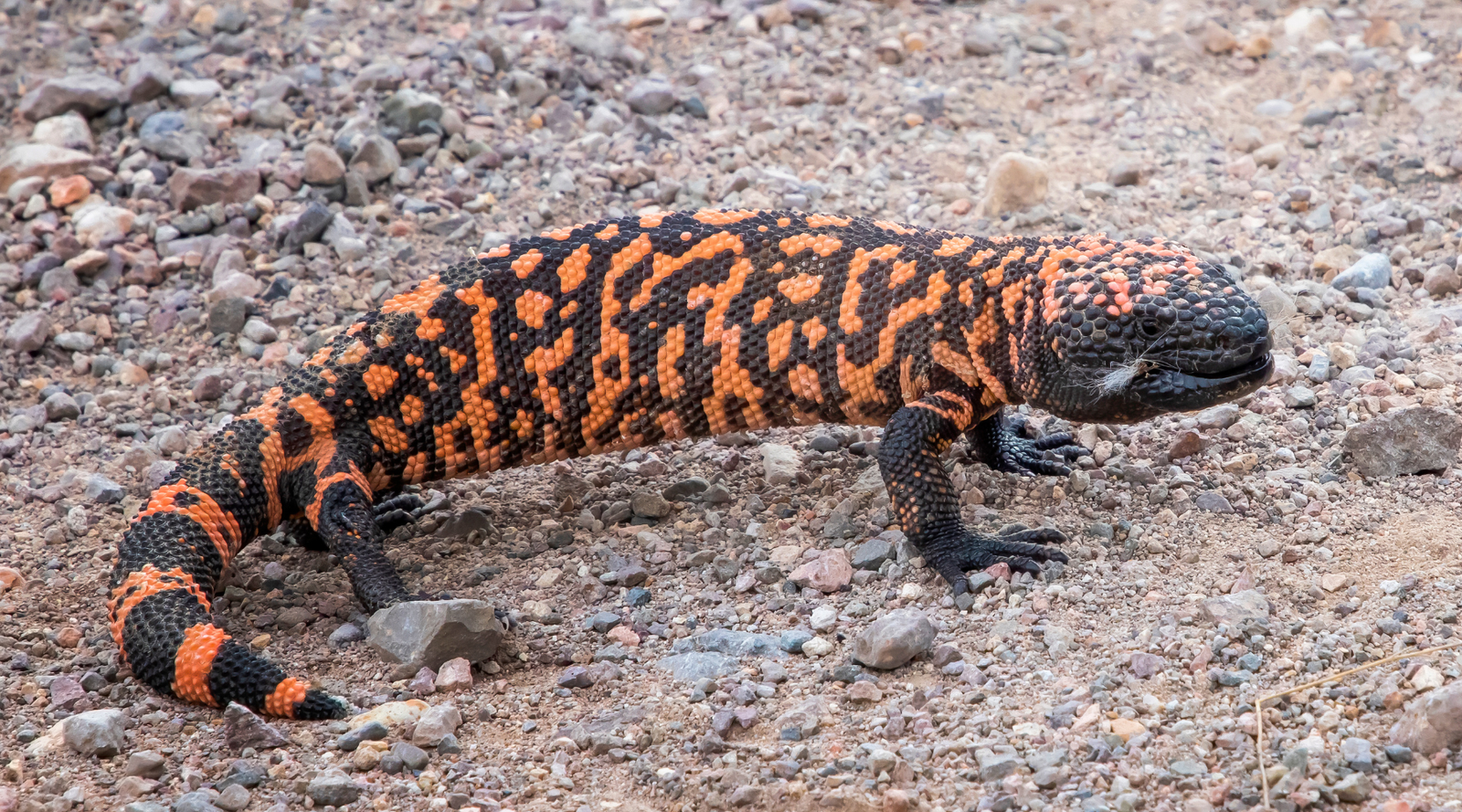
Leave a comment (all fields required)